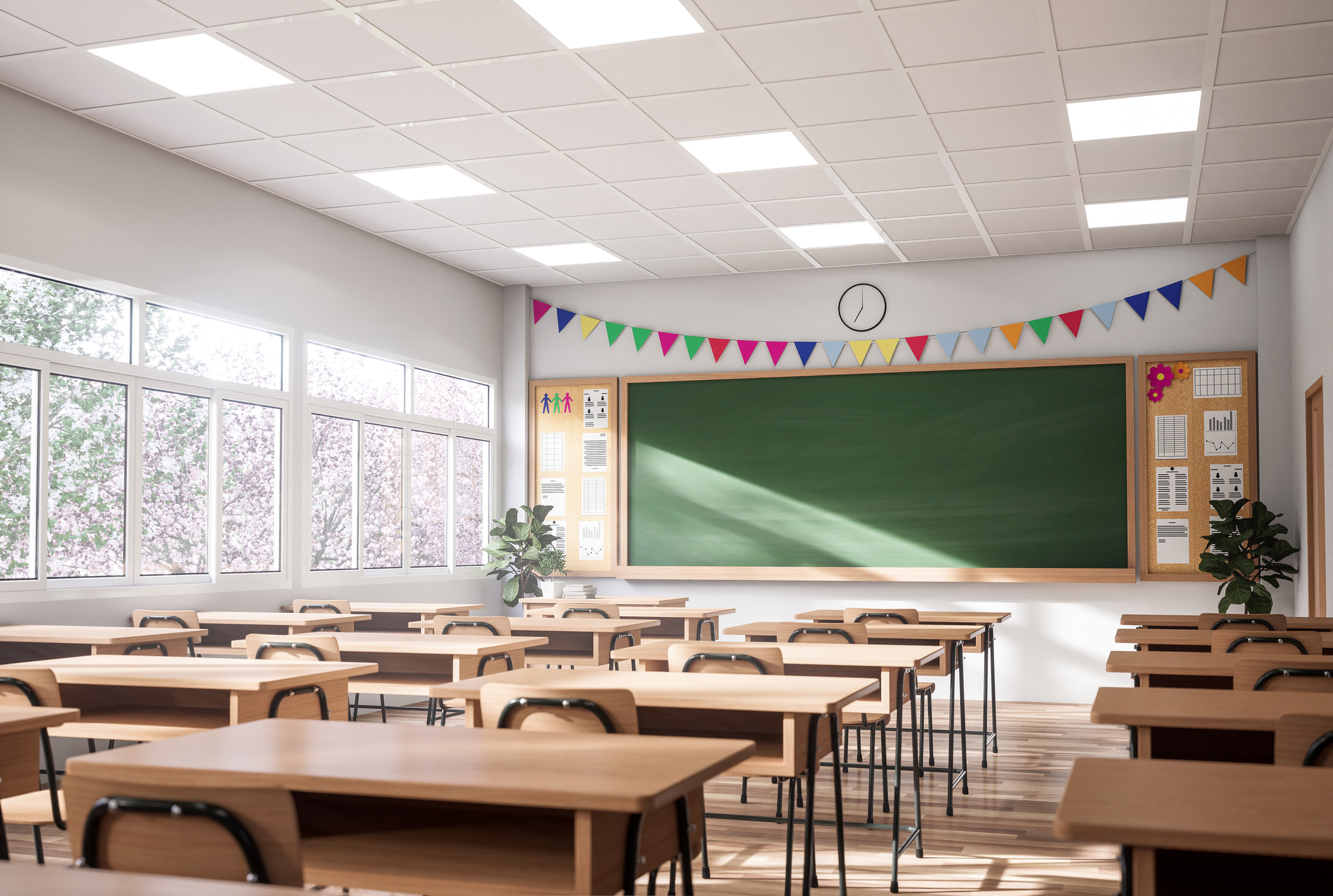
Safety
Interoperability is a growing trend in school safety measures. School safety and security is becoming an increasing concern for parents, students, and school districts. Even schools that utilize modern radio and camera networks are finding they really are not cutting it. With schools dealing with system failures, emergency coordination and response times, and communication and information clarity, traditional school security measures are being rethought by administrators and school boards. More districts and school boards are turning to platforms offering interoperability. Interoperable platforms provide coordinated, near-instant communications activated in an emergency across a variety of devices and transmitting streams for video, radio, phone, text chat, and documents between school contacts and first responders. With schools also being turned to as shelters in weather and other disasters, interoperability allows school officials and other stakeholders to provide informed coordinated efforts.
Cybersecurity is also of growing concern among school officials and IT professionals. The safety of internal and external databases, networks, and other systems are increasingly under threat with fears of ransomware or hackers. More districts and schools are beefing up their cyber security measures, especially as ransomware has repeatedly victimized institutions like hospitals, schools do not want to be next.
Artificial Intelligence
There are many advantages to the use of artificial intelligence (AI) in the classroom. According to Oxford Dictionary, AI is defined as “computer systems able to perform tasks that normally require human intelligence, such as visual perception, speech recognition, decision-making, and translation between languages”.
AI allows for learning individualized across several different variables with feedback delivered in real-time. AI-powered apps and programs can help students more effectively understand and apply concepts in fields essential to STEAM learning (Science, Technology, Engineering, Art, and Math) in a personalized, dynamic, and accessible way.
Teachers are also now playing a facilitating role – guiding students towards thinking for themselves and carrying out projects and activities for students to work on in groups. AI will allow teachers more time to focus on more human-specific teaching skills like emotional intelligence and creativity. AI will take over the time-consuming and monotonous tasks like checking papers for plagiarism or standardized tests, along with helping to provide material modifications.
Customized/Personalized Learning Experiences
Advancements in technology will make it easier to offer individualized/customized/personalized. In personalized learning, everything (content, pacing, sequence, and technology) must be adjusted by classrooms and districts to suit an individual student’s interests, curiosity, and learning purpose. Personalized education should ensure that a student is competent in the process of learning, rather than in specific content. This is seen by education professionals and academics as the future of learning and a necessity on an information-rich world, where everything is instantly searchable – as long as you can make sense of it and sort out the truth from fake-news.
Evolutions in technology, such as AI, Virtual Reality (VR), Augmented Reality (AR), are making their way into the education space – helping to facilitate the feasibility of personalized learning in everyday classrooms.
Student-Centered Adaptive Learning
The idea of student-led learning centers on the idea that passion drives motivation – when student interested are tapped by educators and educational materials, it becomes much easier for them, to build skills and knowledge through engagement with the material.
Adaptive learning systems use data to adjust learning for individual students. From path to pace, adaptive learning helps educators adjust more than just the material to meet the student’s needs. The goal, just like with Personalized Learning, is to provide customized education to deliver the right content at the right time in a way that engages the student in ways that appeals to them.
This creates a more inclusive approach to education, with both at risk and advanced students getting the attention they need.
Adaptive learning provides an effective way for teachers to guide every student through each challenging lesson without overextending themselves and with swelling class sizes, AI, and other technology now makes this more feasible.
Resources:
https://www.educationdive.com/news/7-higher-education-trends-to-watch-in-2020/569629/
https://www.kajeet.net/extracurricular/the-top-6-trends-in-education-for-2020
Latest News
Photo credit: iStock.com/Naypong The rise of Name, Image, and Likeness (NIL) rights has revolutionized collegiate athletics, empowering student-athletes to monetize their personal brands while maintaining eligibility, something we previously covered in 2023. Since California's groundbreaking [...]
Photo credit: iStock.com/runna10 Every year in the United States, a growing number of teachers leave their positions. While there are multiple reasons for this alarming trend, many teachers point to inadequate compensation as a significant [...]
Photo credit: iStock.com/yacobchuk The use of cell phones by students in classrooms is on the rise, despite 77% of schools prohibiting cell phones at school for non-academic use. With students often disregarding these rules or [...]
Photo credit: iStock.com/SeventyFour According to the Centers for Disease Control and Prevention (CDC), the number of adolescents reporting poor mental health is on the rise. A 2022 CDC report showed that 37% of high school [...]






Stay In Touch